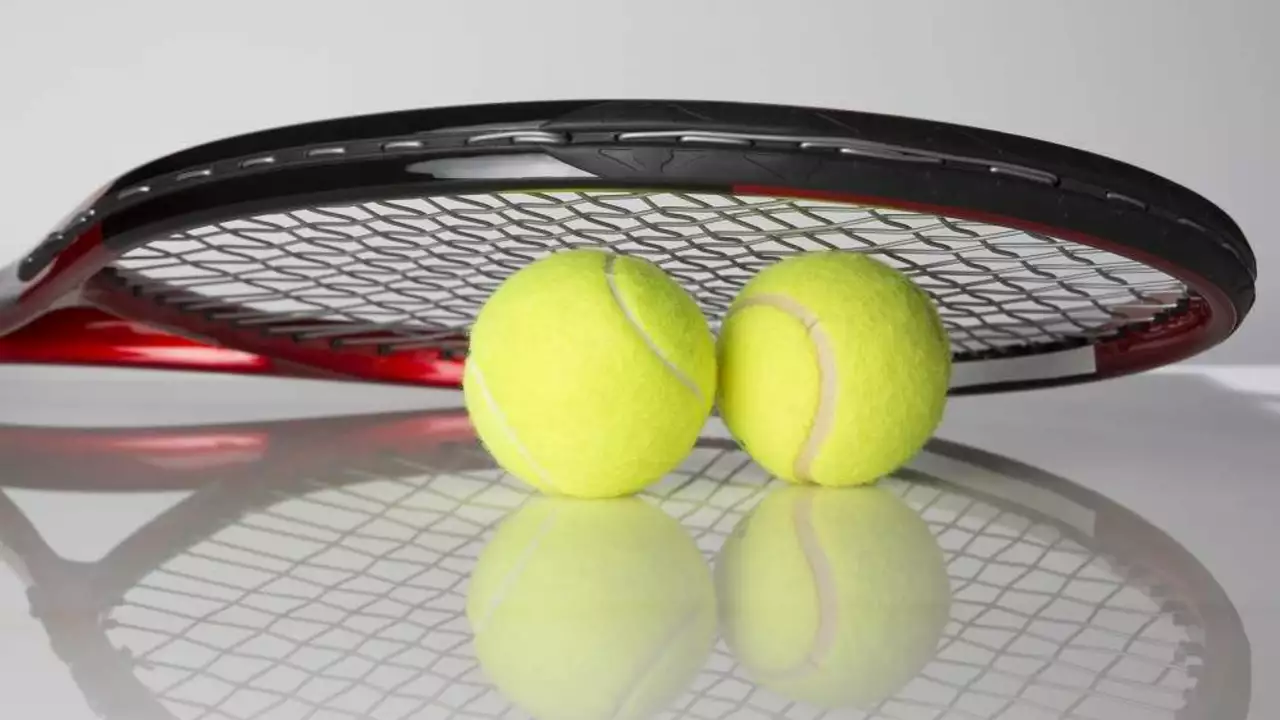What the Quality Difference Means for Your Table Tennis Game
Ever wondered why some players seem to hit the ball with extra spin or control? A big part of it is the quality difference in the gear they use. It’s not magic – it’s about the materials, construction, and how the equipment feels in your hand. In this guide we’ll break down the key parts of a table tennis setup and show you how to tell good from great.
Rackets: What Sets the Best Apart
The racket is the first thing you touch, so its quality shows up instantly. A high‑end blade usually has a mix of wood layers and sometimes carbon or arylate to give a balance of speed and control. Cheaper blades often use low‑grade wood that feels dead and can warp after a few weeks. The rubber matters too – a good rubber sticks to the ball longer and produces more spin. Look for consistent thickness, a smooth surface, and a rating that matches your playing style. If you’re a defensive player, a softer rubber will give you better feel; if you like to attack, a tackier surface helps you generate power.
Balls and Tables: Spotting the Difference
Even the ball can make a huge difference. Premium 40‑mm balls are precisely weighted and have a uniform felt that stays consistent throughout a match. Cheap balls can be too light or have uneven felt, which leads to unpredictable bounce and wasted practice time. When you shop, roll the ball in your hand – it should feel solid, not hollow. The table itself matters as well. A regulation‑size table with a 15 mm thick top and a smooth, matte surface gives a true bounce. Old or warped tables can change the ball’s speed, making your training feel off. If you can, play on a table that meets ITTF standards – you’ll notice the difference right away.
So how do you decide what’s worth the extra cost? Think about how often you play and what you want to improve. If you’re only playing once a week, a mid‑range racket and decent balls will do the job. If you’re training for tournaments, investing in a top‑grade blade, high‑quality rubber, and official ITTF balls will pay off in consistency and confidence.
Another tip: try before you buy. Many clubs let you test a few rackets on the spot. Take note of how the racket feels on a serve, a forehand drive, and a backhand block. The right combo will feel comfortable and let you focus on technique instead of fighting the equipment.
Finally, maintain your gear. Keep the rubber clean with a damp cloth, store the racket in a case, and replace balls when they start to look worn. Good maintenance extends the life of high‑quality gear and keeps the performance gap wide.
Bottom line: the quality difference in table tennis equipment isn’t just about price tags. It’s about how the pieces work together to give you better control, more spin, and a reliable bounce. By paying attention to the blade, rubber, balls, and table, you can choose gear that matches your goals and enjoy a smoother, more enjoyable game.

How much better is a $120 tennis racket than a $30 racket?
As an avid tennis player, I've always been curious about how much value you really get for your money when purchasing a racket. In this post, we're going to delve into the differences between a $120 tennis racket and a $30 racket. We'll examine the materials used, the technology, the documented benefits, and user reviews. Ultimately, we want to see if shelling out more cash actually produces a better game experience or if it's just a marketing strategy.
View More
